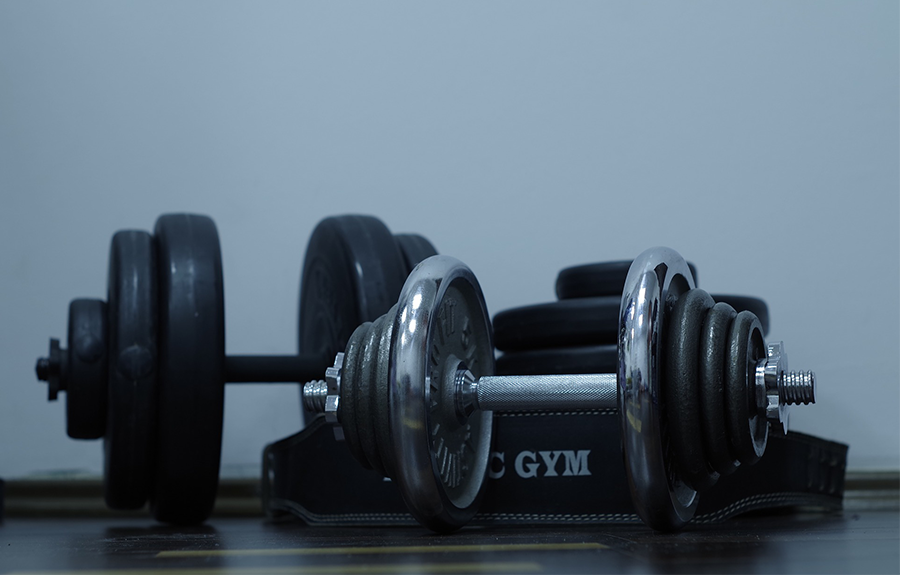6 tips for designing a resistance training workout
May 20, 2016

Resistance training refers to all the exercises and training that develop strength, power, and speed.
Every athlete should do some form of resistance training. Strength is needed for top performance in all sports, but different sports require different degrees of strength and strength in different muscles. One of the main benefits of a well-designed program is that it balances the strength of muscle pairs, an important aspect of injury prevention.
Having a basic knowledge of resistance training is essential. Here are 6 tips for designing an effective resistance training workout for your athletes:
Large muscles first.
Exercising the large muscles first ensures that the prime movers are overloaded effectively. For example, working the forearms before doing chin-ups weakens the grip and prevents the latissimus dorsi muscles from receiving enough stimulation. The logical order for exercising body parts is legs, back, chest, shoulders, upper arms, and abdominals. Ideally, athletes do all sets at a single station with appropriate rest between sets.
Multi-joint exercises precede single-joint exercises for novice and intermediate strength trainers so that fatigue does not interfere with proper technique.
Doing multi-joint exercises first means the synergist muscles and stabilizers that might help maintain proper technique are less tired. Single-joint exercises tend to isolate one muscle group and may pre-fatigue the synergist muscles necessary for proper technique in a multi-joint exercise.
Prioritize targeted muscle groups earlier in the workout.
Targeting the muscle groups that are used in sport-specific activities earlier in the workout may produce greater strength benefits. For example, targeting the main muscles used in throwing (shoulder/trunk) tends to lead to optimal strength gains if these are prioritized earlier in the workout.
Learning a new lift, particularly one with complex movements, should precede lifts athletes know well.
If an athlete is learning a particularly technical lift, it is often better to practice the lift when the body is less fatigued to ensure proper technique. In addition, athletes should do total body exercises and those requiring balance and coordination at the start of their training sessions.
Alternate of antagonistic muscles (multiple sets).
This involves alternating an exercise with another that works on the opposite joint function (flexion and extension, for instance). Ideally, athletes pair exercises that involve the same joint; they can also cut their rest time in half. This ordering of exercises speeds the recovery of the nervous system.
Alternate upper-body and lower-body exercises (multiple-sets).
This approach is more demanding because lactate production is higher, especially if large muscles are alternated (for example, thighs and upper back). This approach is best done as part of strength-endurance work.
Want more information on resistance training? The Resistance Training module, part of National Coaching Certification Program (NCCP) Multi-sport module series for coaches, will provide you with all the knowledge you’ll need to get started in the weight room! Contact your Provincial or Territorial Coaching Representative, viaSport, for more details!
